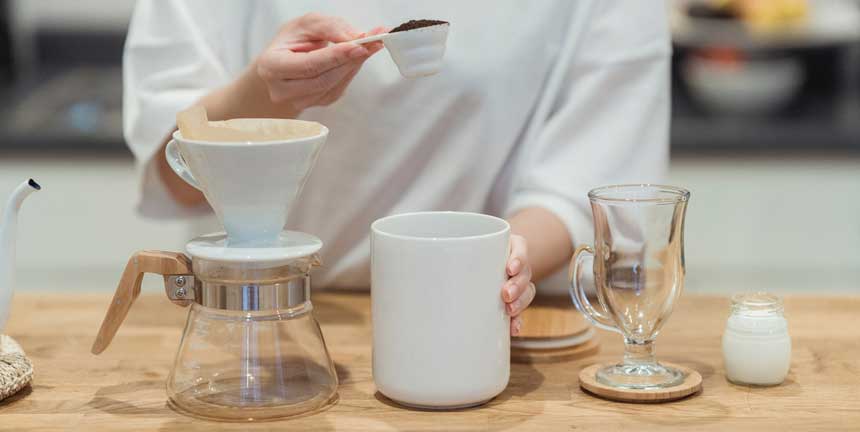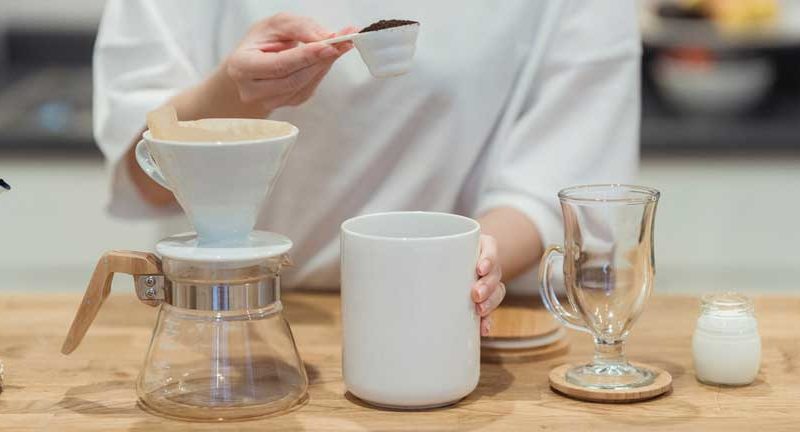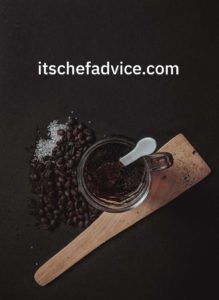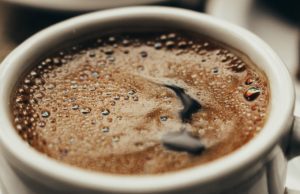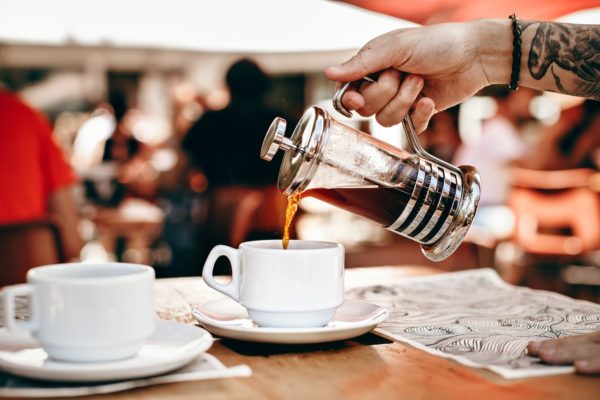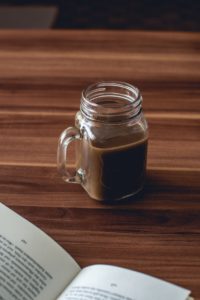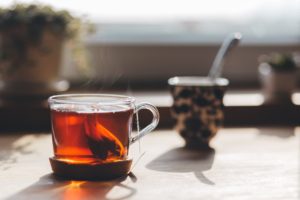Although, electric coffee makers provide you with delicious and exquisite coffee conveniently. But, sometimes when you brew coffee, you may have to face a situation when either your coffee maker has stopped working, or you are away from an electric brewing machine, but you don’t want to skip a cup of tempting java too.
Don’t worry. We have a suitable alternative for you when you are facing such a situation. In this article, we will learn how to brew coffee without a coffee maker effortlessly. There are several manual techniques that you can use to get a flavorful and tasty cup of java without facing much hectic. From getting the right coffee beans and choosing the best coffee grinder we have crafted the most basic and simple technique to make coffee without a coffee maker.
Using a Kitchen Stove/Campfire
The most straightforward technique to brew coffee manually is boiling the coffee grounds in the water on a stovetop. This brewing style is also known as cowboy coffee making but doesn’t require a campfire always; instead, it can be performed with a kitchen stove too. However, you can also use a campfire if you are camping away from your home, or running short of gas.
How to Brew Coffee Without a Coffee Maker
Course: Coffee, Beverage, DrinksCuisine: American1
person24
kcal30
minutesSometimes when you brew coffee, you may have to face a situation when either your coffee maker has stopped working, or you are away from an electric brewing machine.
Ingredients
1½ tbsp coarsely-ground coffee beans (single serving)
10 oz water (single serving)
A small amount of salt
EQUIPMENTA stovetop/campfire
A pot/pan
A ladle/strainer
INSTRUCTIONS
- Get started with the process by gradually heating the water and salt together. Heat the mixture until it starts boiling and bubbles begin forming around the pot edges.
- Add the coffee grounds to the bubbling water and stir the blend gently to ensure the grounds aren’t clustered together.
- After adding the grounds to the water, continue heating the blend for around 2 to 3 minutes. During the heating, keep the pot uncovered and stir the blend at times so that there is no sludge formed at the cup bottom.
- After heating the blend for a few minutes, remove the pot from the stovetop and leave it as it is for around 5 minutes. Allow the coffee beans to soak so that the coffee has adequately steeped.
- After steeping the coffee, gently pour it into your mug using a ladle. You can also use a strainer if you do not like getting some unmixed grounds at the cup bottom. Cheers, a cup of tempting java is ready for you. Just enjoy drinking it.
Serve your espresso with a scoop or empty it tenderly into a cup to permit grounds to remain in the pot. A few grounds will probably make it into your cup, so you might not have any desire to drink the last taste.
Two More Manual Brewing Techniques
1. The Mason Jar Technique- If you prefer avoiding direct heating of coffee beans but also want to use fresh grounds, then the Mason jar technique of brewing will be perfect for you. To use this brewing technique, you would only require hot water, coffee grounds, a Mason jar, or any other heat-proof pot.
Maintaining the grounds-to-water ratio as described earlier, combine the coffee grounds with bubbling water in the Mason jar or some other heat-proof container. As glass isn’t an excellent conductor of heat and it could be vulnerable at times to sudden temperature changes. So, before putting the boiling water into the glass container, pre-warm it by pouring in some warm water that is not too hot first.
Other than this step, the rest of the technique is similar to the first method. So, after combining the grounds with water, let your coffee beans soak for five minutes. After steeping the coffee, pour it into the mug using a ladle or strainer, as we have discussed earlier.
2. The Coffee Bag Technique- In case, you don’t have a Mason jar or any other heat-proof pot, and you don’t want to use a stovetop too. Then, you can use a coffee bag to make a cup of tempting java. The coffee bags are very much similar to the tea bags and readily available to purchase. These single-serve pods offer multiple flavors and come at a quite affordable price.
You can also make these pods at home effortlessly. One of the most efficient ways to make them is to put coffee grounds in the middle of a coffee filter and tightly bind it using a string or twist tie. After putting the coffee grounds in the pod, steep it in the bubbling water for around five minutes, and you will get a flavorful and tasty cup of coffee.
Notes
- If you don’t have an electric brewing machine right now, it’s not a big problem. You can still make delicious and exquisite coffee effortlessly using any one of these three techniques. All three methods are convenient and efficient. The choice is all yours, and you can go with the option that suits you best.
FAQs
The best temperature to brew coffee is 195 – 205 Fahrenheit. Colder temperatures will result in the under-extraction of the coffee beans and less quality taste.
No, instant coffee does not contain any oil or diterpenes, as it is filtered out during processing.
Boiling coffee is bad for having bitter/burnt flavour and delicate substances that give it complexity and richness. It leads to over-extraction, in which bitter elements overwhelm any other flavor of the ground coffee.
Yes, the Expert says when you ground the coffee beans do not put boiling water in it, it can cause a burnt/bitter flavor.
A new study reveals that the healthiest way to brew coffee is filtered coffee brew. The unfiltered brew contains substances that increase cholesterol. On the other hand, filtered coffee removes these substances to decrease the chances of heart attack and premature death.


